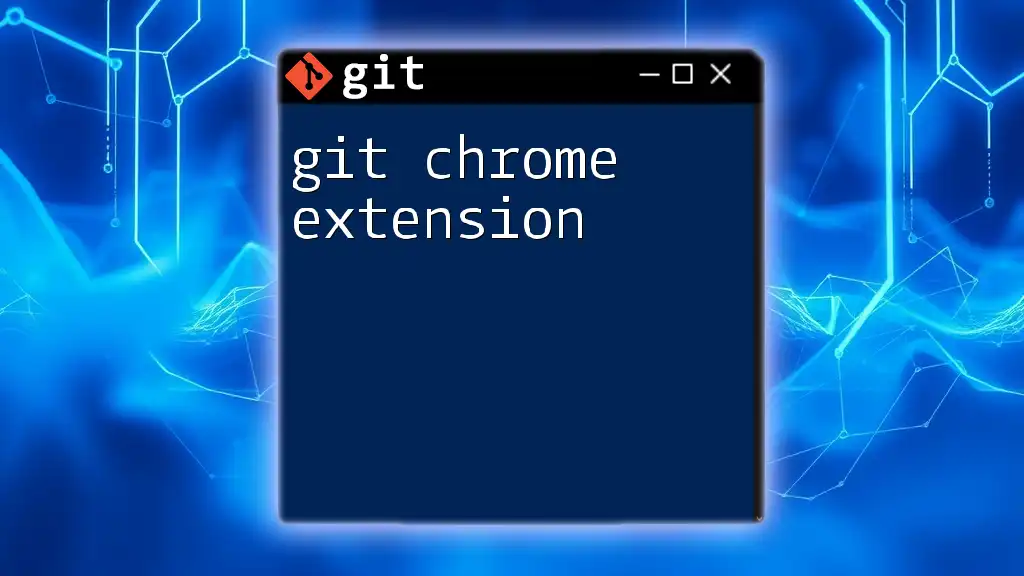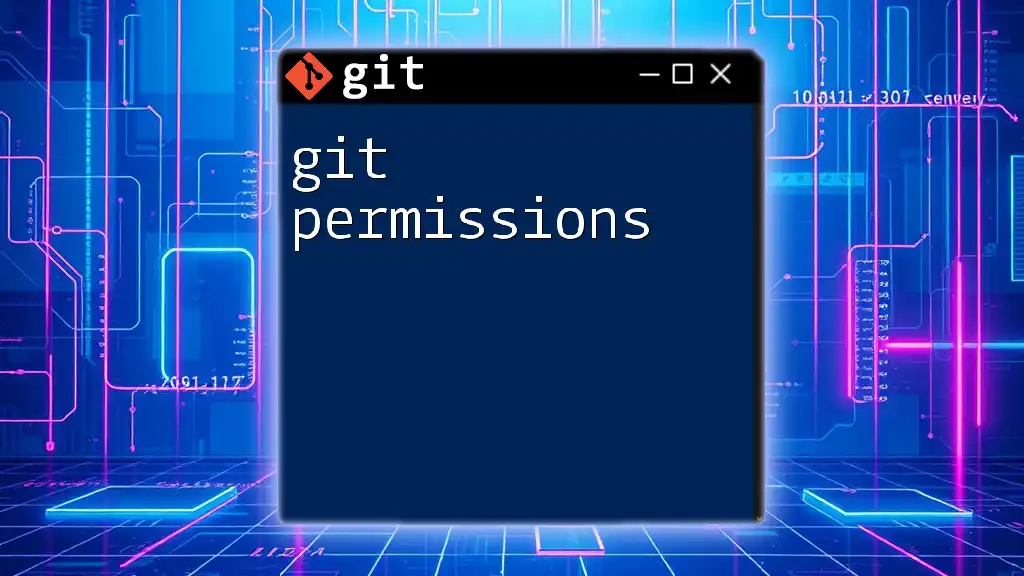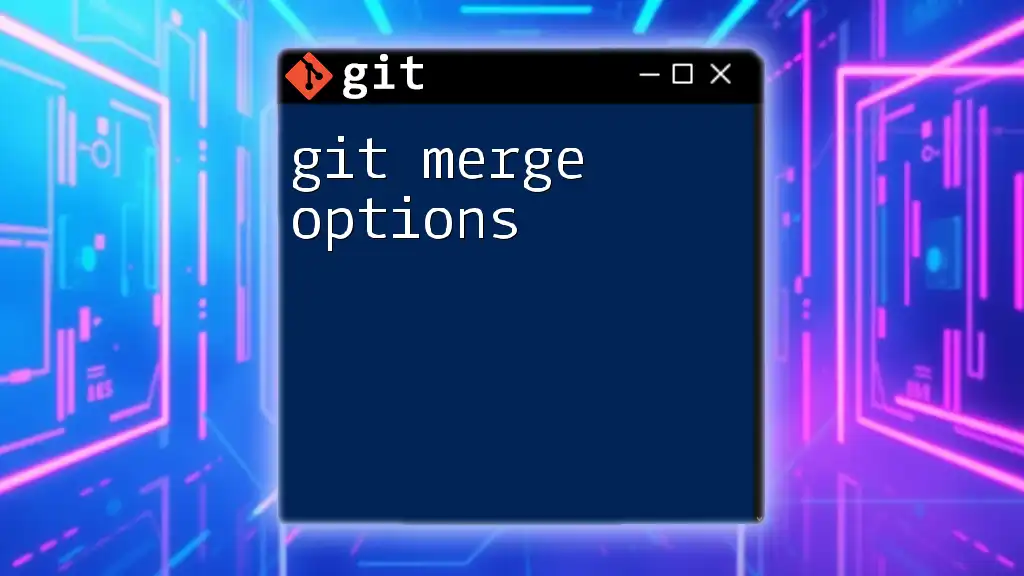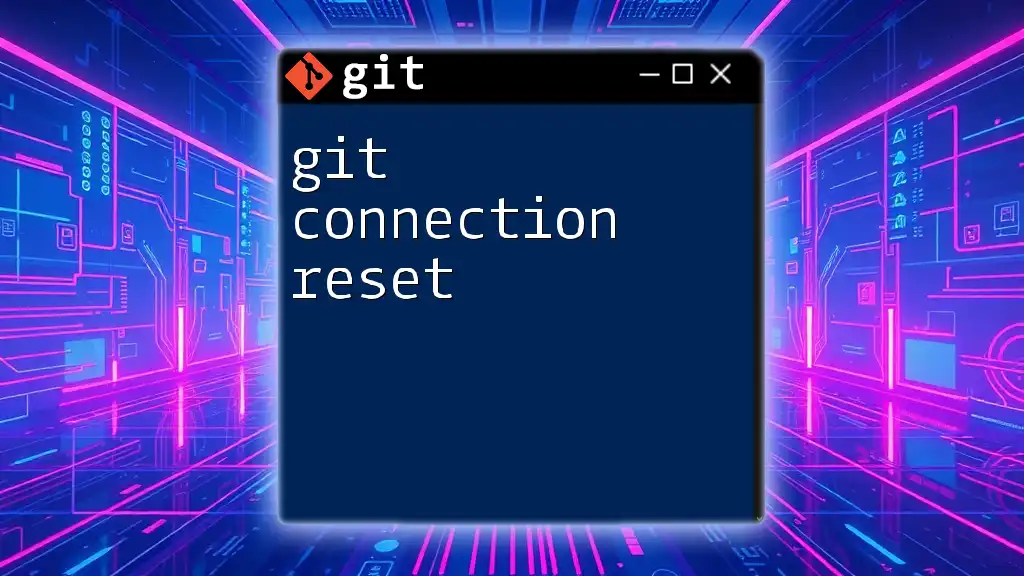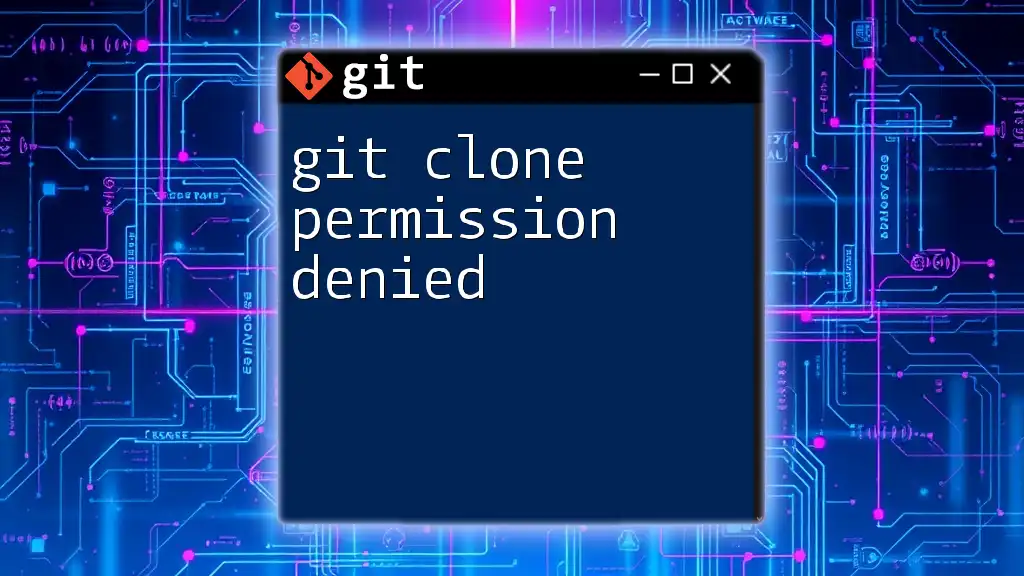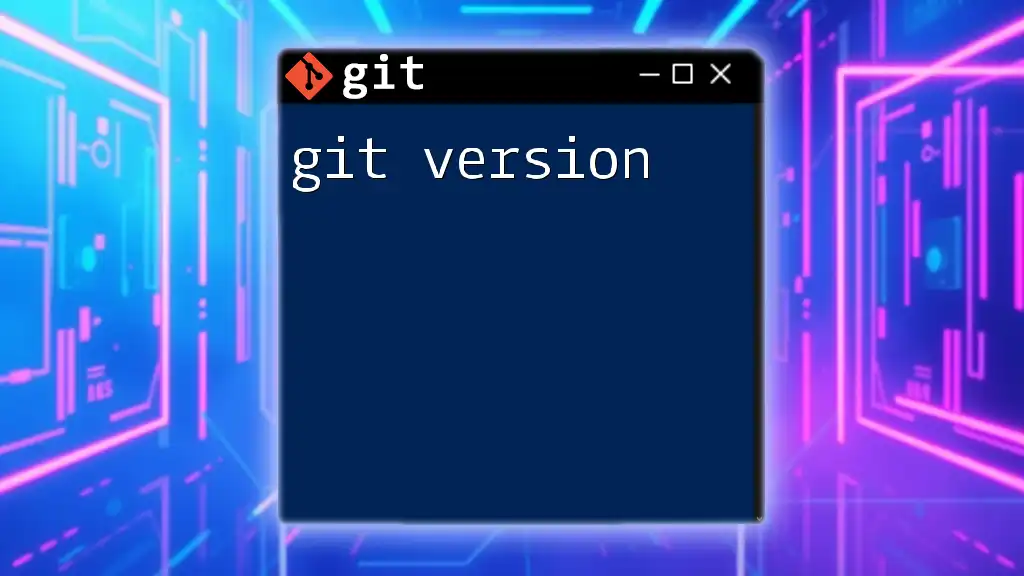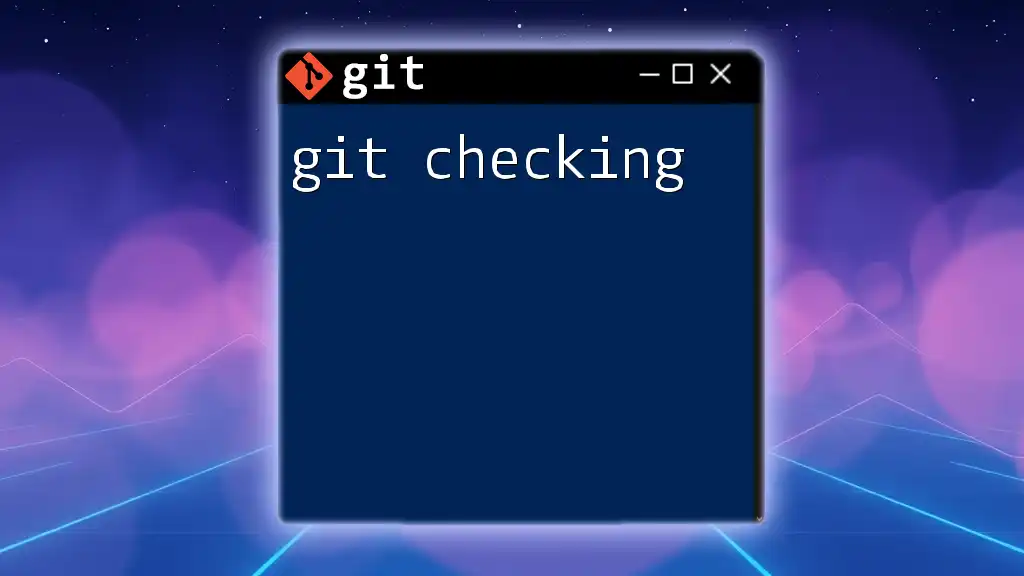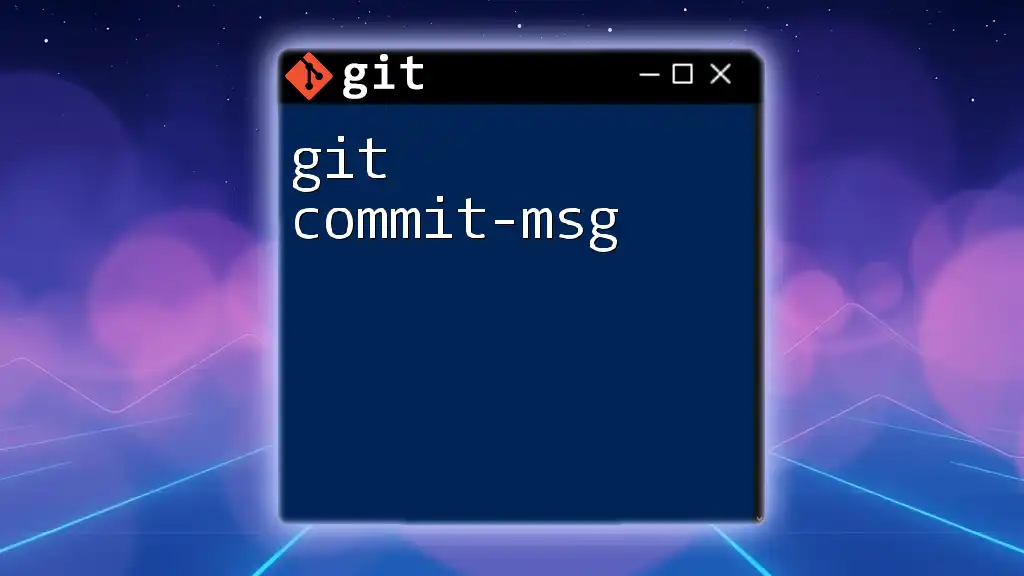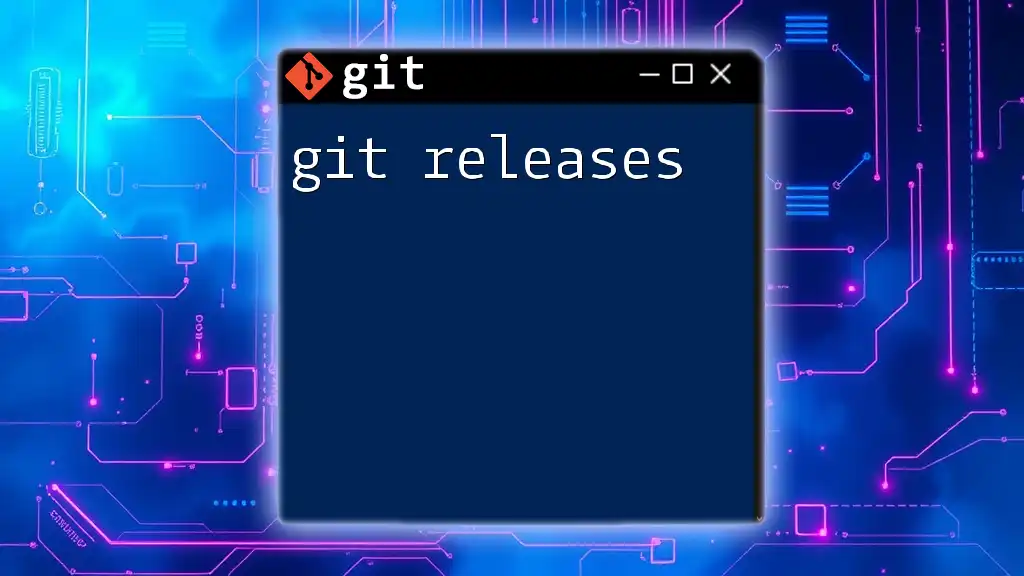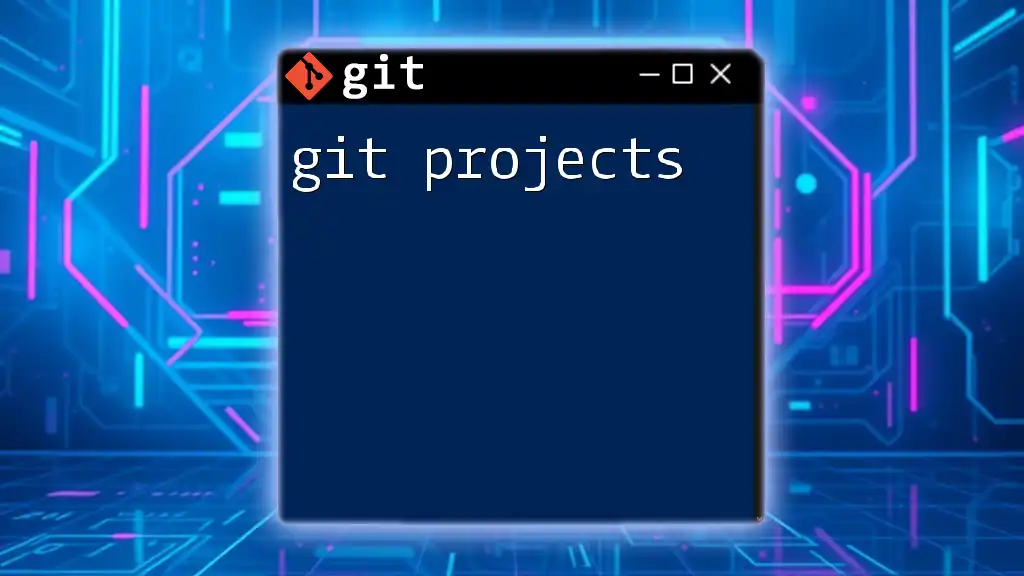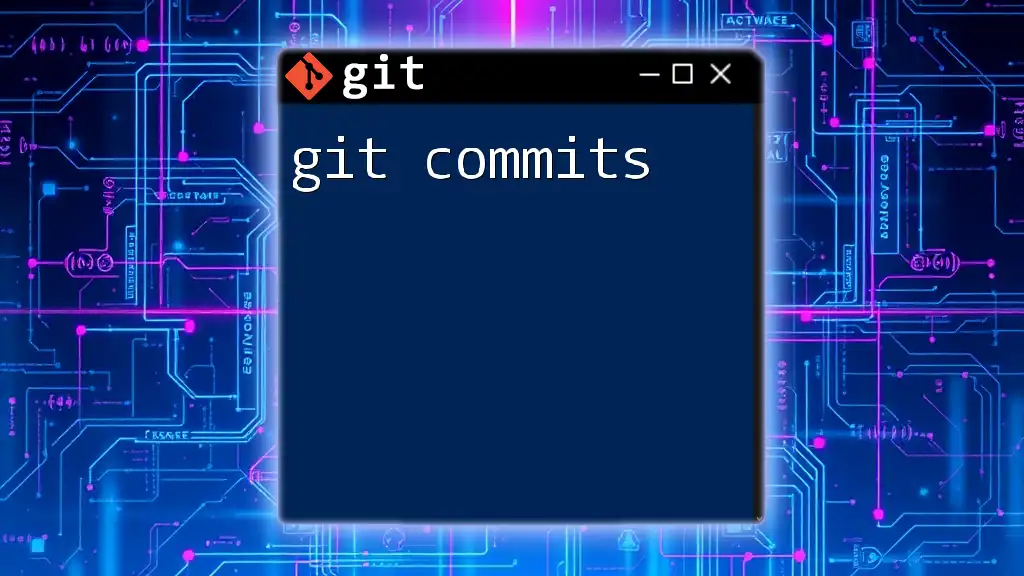A Git Chrome extension can enhance your development workflow by providing a user-friendly interface to manage your Git repositories directly within the browser.
Here's a simple example of how to clone a repository using Git in the command line:
git clone https://github.com/username/repository.git
Understanding Git Chrome Extensions
What is a Git Chrome Extension?
A Git Chrome extension is a browser-based tool that enhances your interaction with Git repositories directly through the Chrome browser. These extensions simplify tedious tasks, streamline workflows, and provide added features that make version control more accessible and efficient. You can perform Git operations, integrate seamlessly with platforms like GitHub and GitLab, and manage your repositories without switching contexts or opening terminal windows.
How Git Chrome Extensions Work
Git Chrome extensions operate by leveraging the Chrome API to interact with web pages and browser functionalities. They can make API calls to Git platforms (like GitHub), manipulate the DOM to present information neatly, and store data locally for quick access. This real-time integration allows developers to perform various Git tasks with a few simple clicks, enabling an easier and faster coding experience.
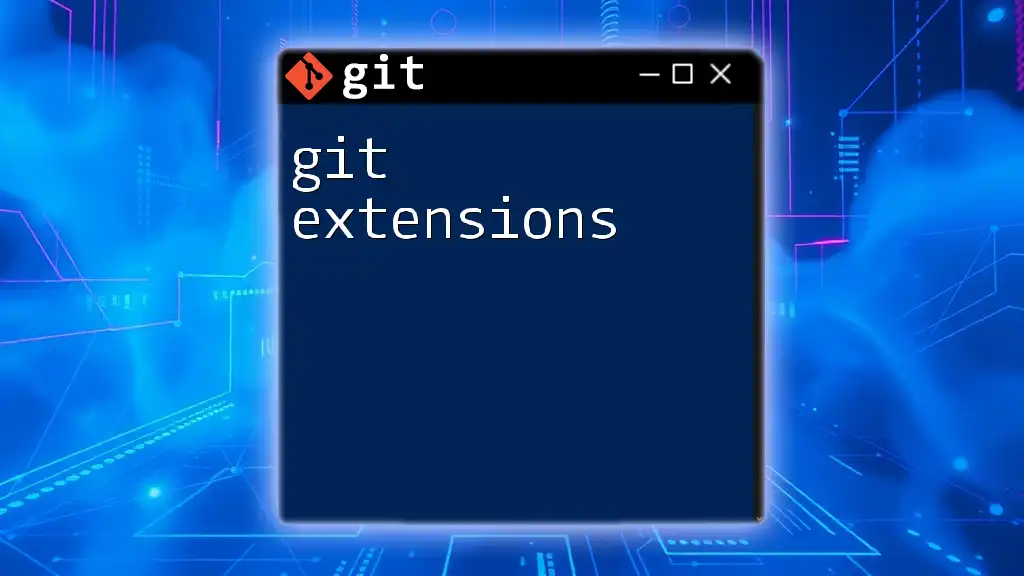
Installing Git Chrome Extensions
How to Install a Git Extension
Installing a Git extension in Chrome is straightforward. Follow these steps to get started:
- Open the Chrome Web Store and search for the desired Git extension (e.g., "GitHub Assistant").
- Click on the extension from the search results to view its detail page.
- Press the “Add to Chrome” button, then confirm the installation in the ensuing dialog.
- Once installed, the extension icon will appear in your browser’s toolbar, indicating it's ready to use.
For example, if you wanted to install the GitHub Assistant, you would simply type "GitHub Assistant" in the Chrome Web Store, click the link, and follow the steps above.
Troubleshooting Installation Issues
Sometimes, users may encounter issues during installation. Here are common problems and their solutions:
- Installation Failure: Ensure you have a stable internet connection and sufficient permissions enabled for the installation.
- Extension Not Working: Check if the extension is enabled under Chrome's extensions management page (chrome://extensions). If it’s disabled, toggle it back on.
- Compatibility Issues: Confirm that your Chrome version is up to date as older versions may not support newer extensions.
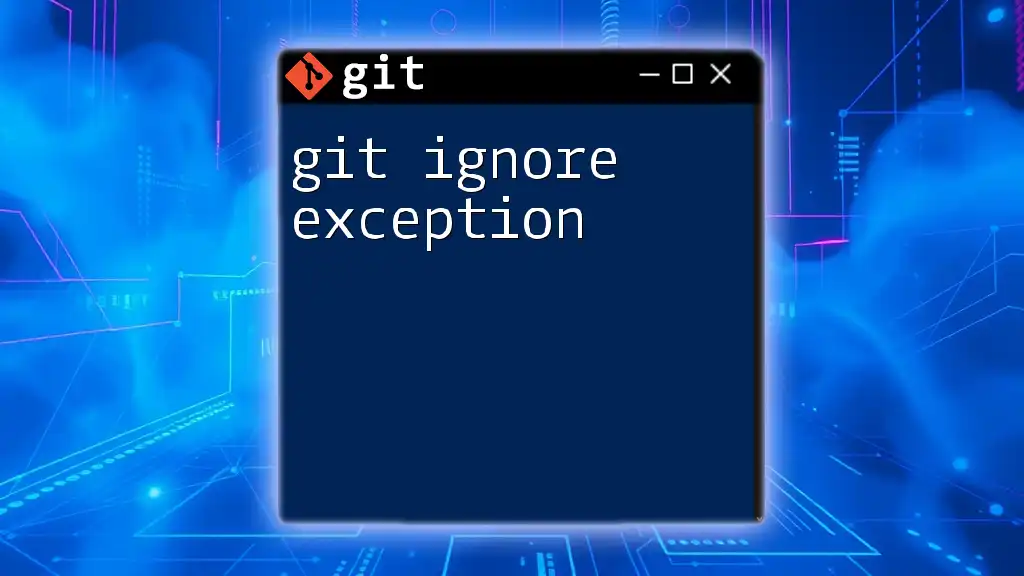
Popular Git Chrome Extensions
GitHub Extension for Chrome
The GitHub Extension for Chrome is one of the most popular tools available. It allows you to clone repositories, create pull requests, and browse issues directly from your browser.
Example: Creating a pull request can be easily done by navigating to the repository, clicking on the extension icon, selecting your branch, and then hitting the “Create Pull Request” button.
GitLab Chrome Extension
Similar to the GitHub extension, the GitLab Chrome Extension provides a bridge to seamlessly interact with your GitLab projects. It offers an efficient way to manage issues, merge requests, and comments.
Example: To clone a repository, simply right-click on the project page and select “Clone Repository” from the extension’s context menu. The URL will be auto-copied to your clipboard for a quick clone in your terminal.
GitKraken Git Extension
The GitKraken Git Extension brings its graphical user interface to the browser, providing features like drag-and-drop merging, branch visualization, and issue integration.
Example: To visualize branch history, open your project in GitKraken, and you will see an interactive graph that showcases the commit history and branches, allowing users to easily navigate between different points in their project.
Compare & Pull Request
The Compare & Pull Request extension simplifies the code review process. It provides a user-friendly interface to compare different branches and create pull requests.
Code Snippet: Here’s how you might compare two branches:
git diff branchA..branchB
This command will provide a detailed outline of the differences between the specified branches, making it easier to review before initiating a pull request.
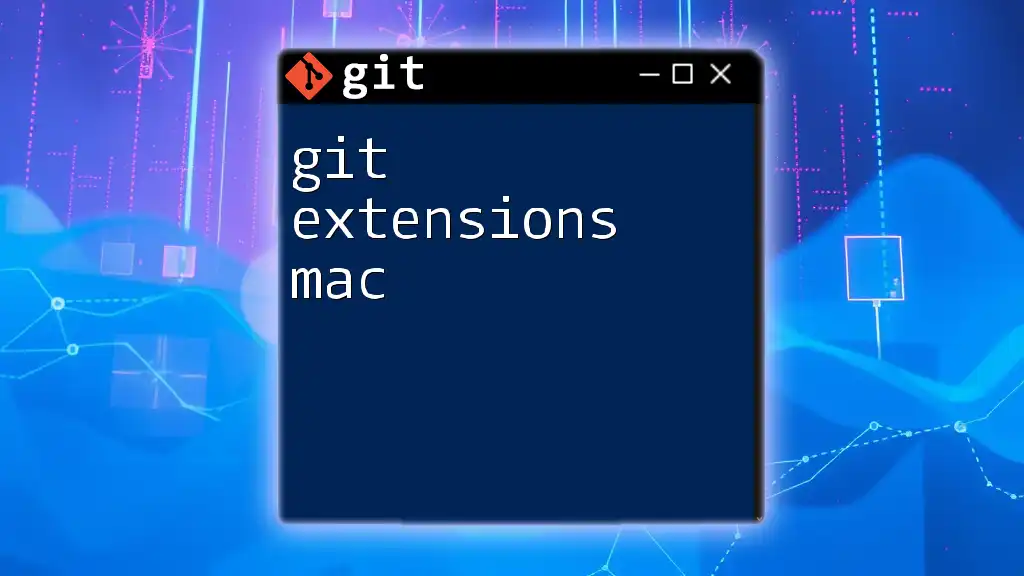
Key Features of Git Chrome Extensions
Enhanced Workflow
Extensions improve your workflow by integrating various Git commands into your browser. For instance, the usability of keyboard shortcuts directly from your GitHub interface can speed up operations such as committing changes or navigating through branches.
Example: Using keyboard shortcuts to quickly toggle between branches can significantly reduce the time spent on these repetitive tasks.
Code Review with Extensions
Engaging in code review becomes smoother with Git Chrome extensions. Developers can easily comment on specific lines of code, approve pull requests, or leave suggestions without needing to switch to another platform.
Example: On GitHub, if you want to leave feedback on a pull request, you can highlight a line in the code view and add your comment directly through the extension's interface.
Notifications and Updates
Stay updated on changes made to your repositories without checking them manually. Git Chrome extensions can send notifications for commits, pull requests, and other activities, ensuring you're always in the loop.
Example: You can set up notifications that alert you every time a new commit is made to a repository you’re monitoring, enabling proactive engagement.
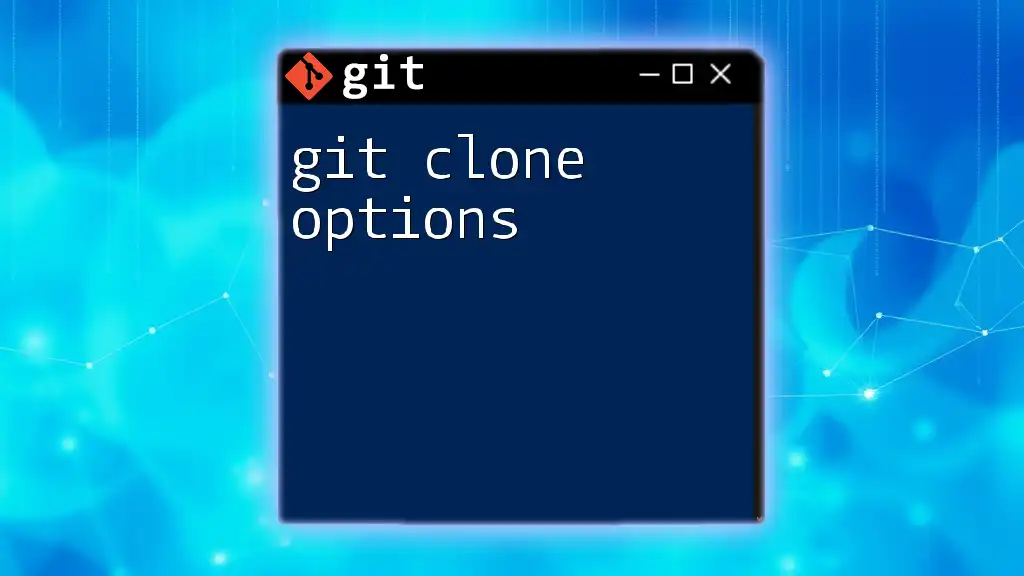
Best Practices for Using Git Chrome Extensions
Keeping Extensions Updated
Regularly updating your Git Chrome extensions is important for ensuring security and functionality. Developers often release updates to fix bugs, enhance performance, and introduce new features.
Limiting Extensions
While it can be tempting to install multiple Git extensions, having too many can slow your browser or complicate your workflow. Focus on a few that best meet your requirements to maintain efficiency.
Privacy Considerations
When installing extensions, always review the permissions being requested. Extensions often require access to your data, and it’s crucial to understand what information can be accessed.
Example: Before confirming installation, check the permissions to see whether the extension will be accessing your personal Git repositories or user data.
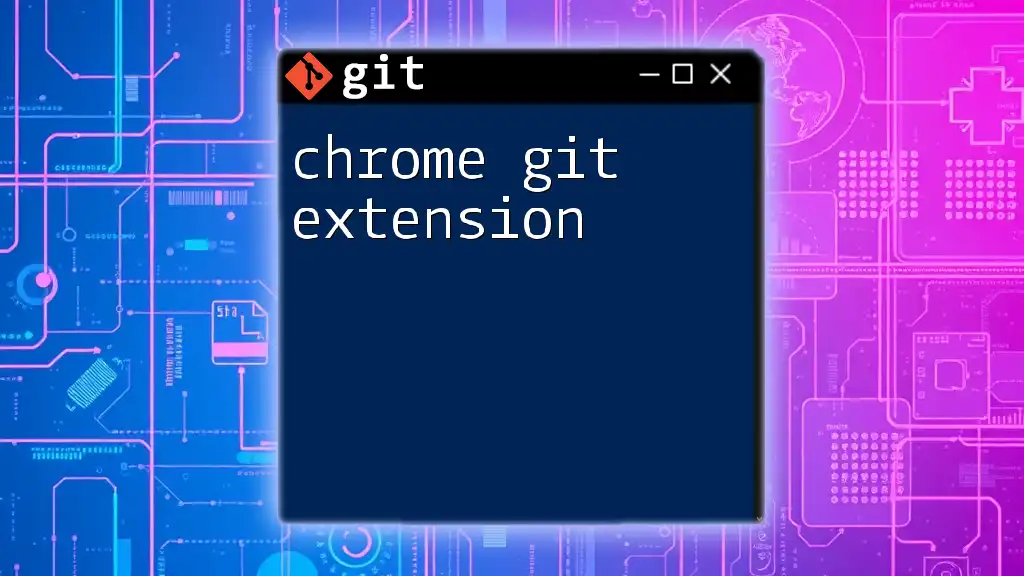
Conclusion
Incorporating a Git Chrome extension into your workflow drastically enhances your productivity, making Git operations simpler and more intuitive. With the ability to perform vital actions right from your browser, you'll be able to focus on what matters most—your code.
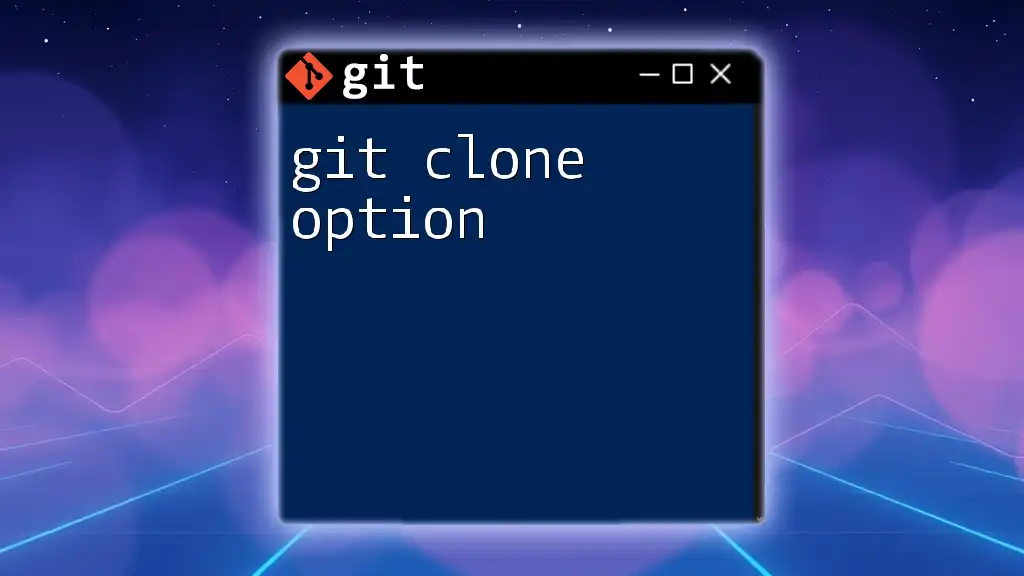
Call to Action
Explore the vast array of Git Chrome extensions available, considering how each can fit into your workflow. By utilizing the right tools, you’ll foster a more efficient and enjoyable development environment.
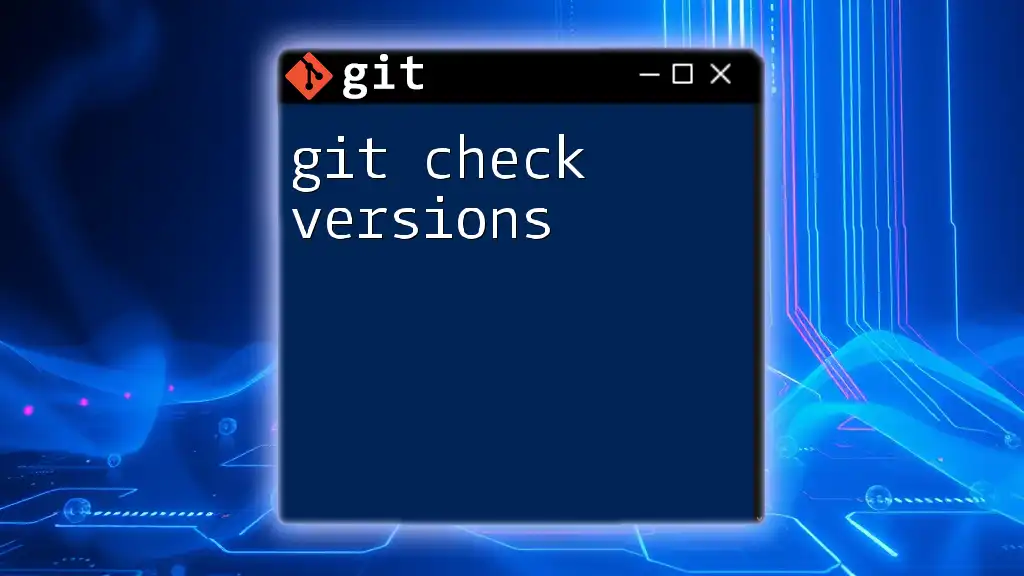
Additional Resources
For further learning, consider reviewing articles and tutorials on Git practices. Additionally, check out the official pages for each Git Chrome extension for up-to-date functionalities and support references.

